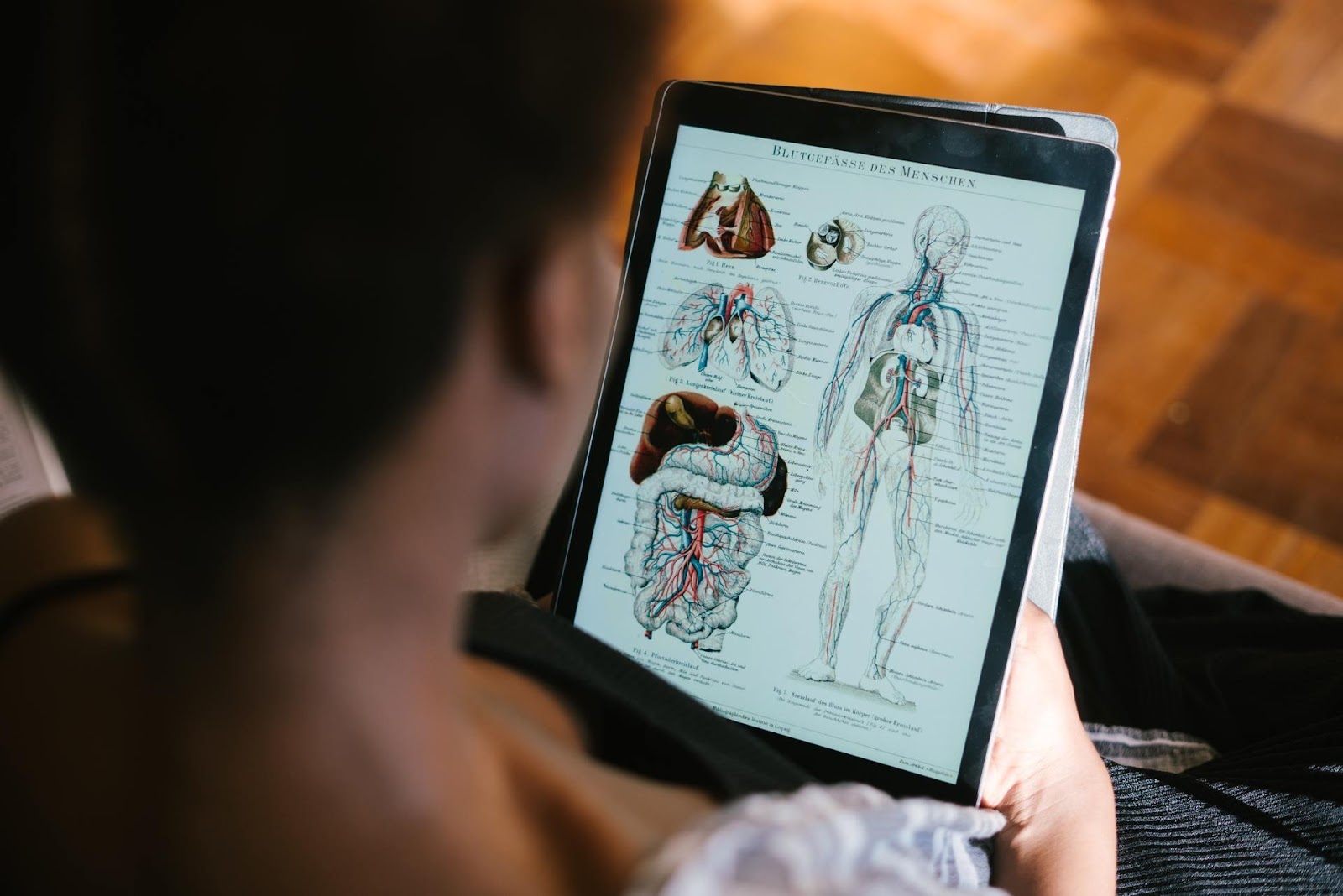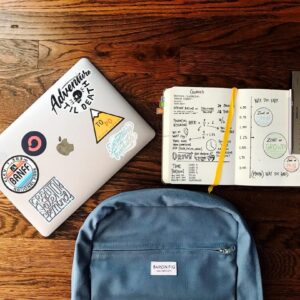
All students have unique learning abilities, preferences, and strengths. The best educators use a variety of teaching methods to engage students with different types of learning styles. For example, some people can quickly grasp the information they hear during a lecture, while others prefer reading text or viewing diagrams to gain a deeper understanding. By recognizing and catering to individual learning styles, teachers can ensure that all students have the opportunity to succeed academically.
Outside of the classroom, learning styles also impact how students process information during tutoring sessions. Identifying your child’s learning style and finding a suitable tutor can speed up the learning process and help your student excel in any subject.
Why It‘s Important To Understand How Students Learn Best
Student learning styles are a popular educational concept that many teachers and tutors use. Learning styles refer to the unique ways that people understand and remember new ideas and skills. While students can learn through many activities and methods, they tend to grasp information quickest when using their preferred learning style.
Understanding different learning styles has many advantages for students, parents, teachers, and tutors. For example, educators can use these categories to:
- Adapt their curriculum to suit students’ learning styles
- Create more effective learning activities
- Enable students with disabilities to develop adaptive strategies
- Ensure that students can master new knowledge and skills as efficiently as possible
- Foster a more inclusive learning environment
- Help students gain self-knowledge
- Increase academic performance
- Inspire students to develop professional skills
- Promote increased student participation
Learning styles are especially valuable during one-on-one tutoring sessions. A skilled tutor can design activities tailored to your child’s preferred learning style and teach relevant study strategies. This customized tutoring helps your student boost self-esteem and improve their academic performance in all classes.
These styles also extend to learning environments beyond the classroom and tutoring sessions. For example, leaders and managers can use learning styles to coach and train employees in corporations, nonprofit organizations, and other workplaces. Identifying your child’s learning style now can help them succeed throughout their life.
The 5 Most Common Types of Learners
Educational theorists have identified numerous styles of learning. Here are the five most popular types of learners and simple strategies a tutor can use to help each type gain knowledge and skills.
Visual Learners
Visual learners process information most efficiently by using their eyesight. These students absorb knowledge and instructions quickly by reading text. They can also easily grasp data and complex concepts by looking at charts, diagrams, timelines, PowerPoint presentations, and other visual aids.
If your child is a visual learner, they will likely thrive in classes that include a lot of written information, like an English class that centers on reading stories or an algebra class that uses written problem sets. They may also prefer to see sample projects before starting their assignments.
A tutor can use many strategies to promote visual learning. For example, they can teach your child to annotate texts with highlights, marginal comments, and symbols. They can also help the student draw visual representations of math or science problems to increase their understanding.
Auditory Learners
Auditory, or aural, learners prefer to listen to information. These students can effortlessly recall spoken information and often have strong communication and public speaking skills.
An auditory learner can easily understand knowledge conveyed through lectures, podcasts, videos, and other audio formats. They often enjoy discussing course materials with other students through collaborative and small-group activities.
During a tutoring session, an auditory learner can increase their knowledge by hearing information repeated several times verbally, reading text out loud, and answering and asking questions.
Linguistic Learners
Linguistic, or reading and writing, learners gain knowledge best through spoken and written communication. They can easily understand and retain information they read and write down, so taking notes is essential to their learning process.
Linguistic learners prefer to encounter information through written formats like encyclopedias, handouts, notes, and textbooks. They tend to express themselves best in writing and enjoy studying by taking and rereading detailed written notes.
A tutor can teach your linguistic learner many techniques to help them excel. For instance, your child can create mind maps to help them organize and memorize their notes, and they can use symbols to take notes more quickly during a class or tutoring session.
Kinesthetic Learners
Kinesthetic, or tactile, learners absorb information most successfully when they participate in hands-on activities. These students thrive in environments that blend learning with physical action. They can develop a deeper understanding of topics by creating crafts or models with their hands, flipping through flashcards, and producing physical posters.
If your child is a kinesthetic learner, they can increase their focus by moving their body as they study. For example, they can chew gum, quietly tap their foot, or pace back and forth in appropriate settings.
Strategies that tutors can use to promote kinesthetic learning include having students count items on their fingers, creating visual aids like concept maps and graphs, and writing key terms on index cards.
Logical Learners
Logical, or mathematical, learners use logic and reason to analyze information, detect patterns, and solve problems. They prefer to learn systematically by examining each part of a chain of events, concept, or topic. These learners typically thrive in math, physics, and science classes.
Mathematical learners can process knowledge most efficiently when they conduct research, evaluate data and numbers, and study cause-and-effect relationships. They have strong organizational and reasoning abilities.
Your child’s tutor can teach them many logical learning strategies. Examples of these techniques include creating to-do lists, developing outlines for written projects, producing a structured study plan, and visualizing large quantities of information as charts or timelines.
Find a Tutor That Caters to the Individual Learning Style of Your Child
Understanding your child’s learning style can help them get the most out of their education. Students who use studying techniques that complement their strengths can memorize information more proficiently, develop a deeper understanding of course material, and feel greater confidence in their abilities.
Finding a tutor who accommodates your child’s style of learning can also boost their academic performance. The math and physics experts at Alexander Tutoring take the time to evaluate your student’s learning preferences and create customized activities that cater to their strengths. We can help your child increase their self-knowledge and develop excellent study strategies to aid them throughout their academic and professional careers. Get in touch today to learn how to get started.




